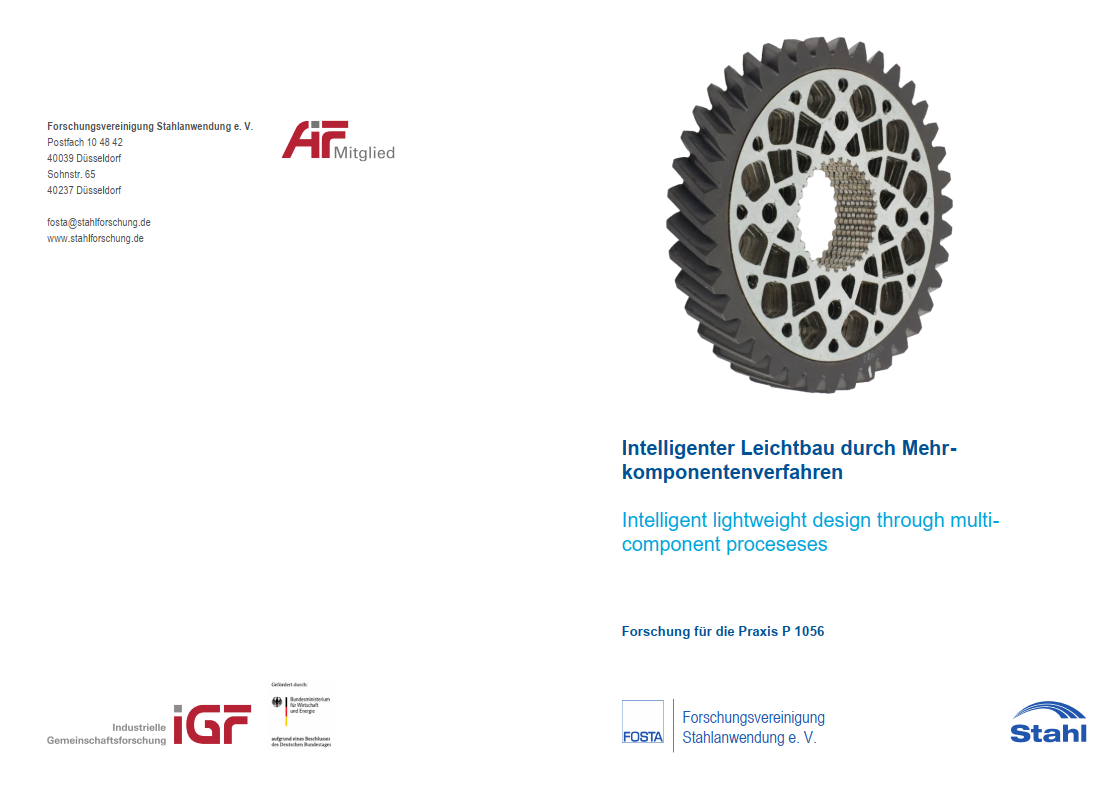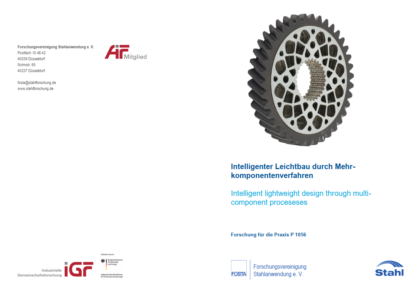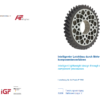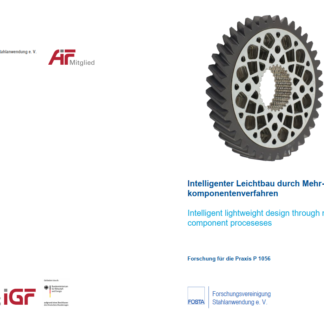Description
P 1056 – Intelligent lightweight design through multicomponent proceseses
The weight of powertrain components has been continuously reduced by load-adapted design and through the materials savings achieved by this in areas with low stress. With the consistent increase in the power density and the associated reduction in weight, additional potential is available for the intelligent lightweight design of powertrain components in future. Significant optimization potential may be available in part design, material, heat treatment as well as the production and joining processes used. By combining various production processes and materials, the different requirements placed on various component areas are fulfilled. This enables lightweight design which is adapted to the specific load and is cost-efficient.
On the basis of multiple component design, individual forged components are
incorporated in entire structures. The use of higher-strength components made of steels with increased load-carrying capacity and optimized heat treatment operations generates additional application fields for forged parts. High power density and low part weight are achieved with gears designed with the use of a high-strength steel for a gear rim with highly loaded splines. This gear rim is combined with a wheel body in lightweight design.
The wheel body can be produced from ultra-high-strength sheet materials with very low weight. Through deep drawing, very light wheel bodies with thin wall thicknesses are attained. Furthermore, stacking of blanked sheet parts yields a weight saving due to a load-optimized wheel body structure. Producing wheel bodies by means of forming allows the positive- and/or friction-connected joining of gear rim, wheel body and shaft, thereby enabling a compact, weight-optimized design. The thermal joining of a press fit between the case-hardened gear rim and wheel body can be achieved efficiently through specifically exploiting temperature differences directly during the quenching process.
Selected prototypes are being analyzed with respect to functional behaviour and
durability. The advantage of such a design (differential design) compared to an integral one lies in the ability to combine optimized processes for generating individual components with a load-adapted design. By using processes geared to individual parts, the relevant operations are optimized without having an unwanted effect on other components.
Main content only available in german language.
Published in:
February 2020
FOSTA – Research Association for Steel Application




